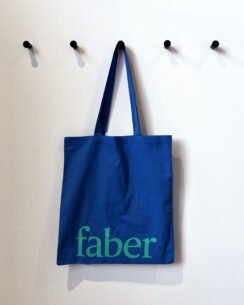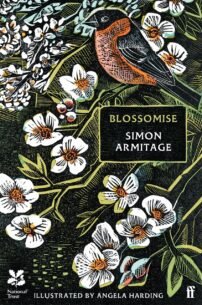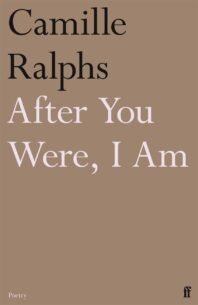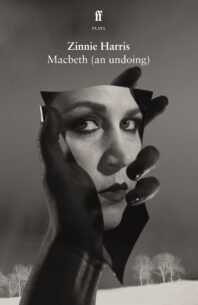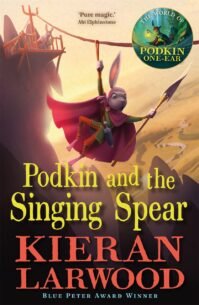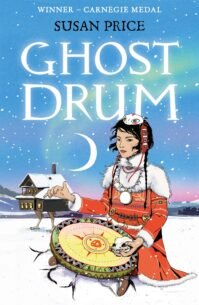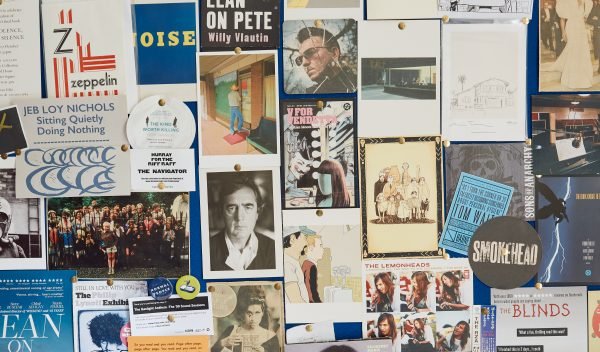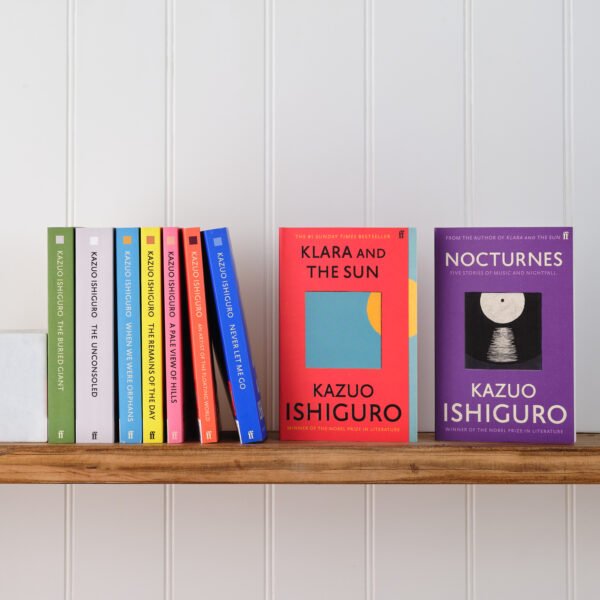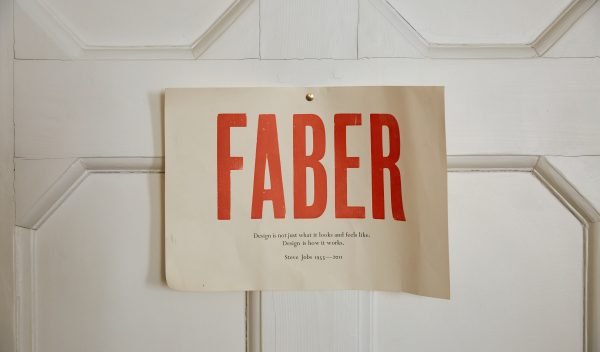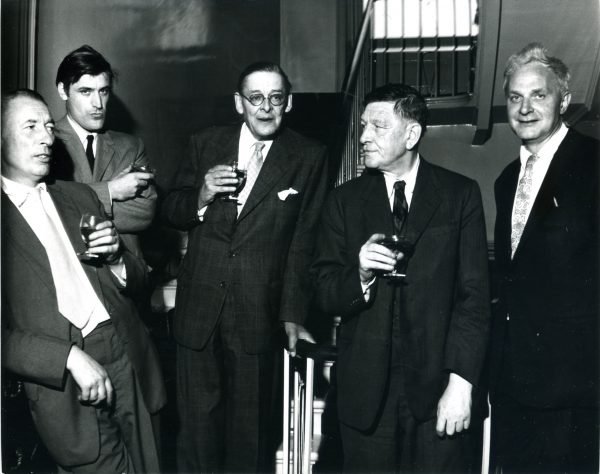


The View from My Window | Miriam Darlington
No matter where you live, coronavirus has altered daily life. We’ve asked Faber authors to share a snapshot of their lives in lockdown.
The garden outside my window has been moistened by a soft but welcome change. Misting rain and photosynthesis have soaked everything in green, as if the fuse of May has been lit. In the garden the smell of moss was rising beneath a broken sky of thunder cloud when a petal loosened on the air and tumbled past my face. It settled on the ivy — not a petal at all, but a tiny, triangular butterfly, like a silvered piece of spring sky. Celastrina argiolus; a Holly Blue. This must have been the driest and most difficult April on record, and the lockdown has left us feeling thirsty for something beyond the limits of our parks and back gardens. But with the flitting in of this tiny herald, the clouds broke, the heavens opened and by the afternoon everything was as plump and wet and lush as it should be. Buffeted apple and cherry blossoms were strewn like confetti and everything seemed perfumed with something, anything hopeful. Poet Helen Dunmore captured the tension at this time of the year as if the very leaves were longing for the exuberance of Spring in her poem about rain: when ‘all the May leaves / Run upward, shaking’. Before any of this curtailment, poets have long been finding how to reach out and capture the freedom of new spring growth.
The Holly Blue darts miraculously in and out of our gardens, and is recognisable because it emerges in early spring, well before other blue butterflies. It is widespread, and has colonised Northern England, spreading from the South in recent years. It should actually be named the holly and ivy blue as it feeds on both plants. But its name has hidden layers beyond the scientific. Imbued with mythological meanings, this little insect has been named after the ancient Greek word for holly, kelastra, a tree that in myth heralds thunderstorms. With the added descriptive ‘argiolus’ – a diminutive form of the mythical Greek giant Argus, it could be a monster with a hundred eyes.
My blue-winged mini-beast was heralding nothing more than a cloud burst, but as I leaned in to see it perch, its underwings gleamed with the colour of storm cloud. It settled for only a minute on an ivy leaf – just enough for me for me to take a snap with my digital camera – then it flew high up, flitting its lovely dusty blue light over the ivy jungle tumbling over my wall. Enlarged with computer technology this creature reveals marvels. The underwing shimmers, edged with a delicate line of black in the male, which is a smudge deeper in the female’s wing-tip, but both have a trailing edge of pure snowy white and are dotted all over with a sparse smattering of a few onyx-black flecks, perhaps the ‘many eyes’ of the Argus. Strange that it should be named after a giant, when it is as small as any of our smallest butterflies, but the diminutive ‘argiolus’ says it all; it’s about the height of the tip of my thumb. When it opens, that’s when its full sky-lit glory is revealed. In the garden it’s an electric spark, but metamorphosed large on my screen the blown-up butterfly reveals a greater glory; the azure chitin of its scales and bright dazzle of silvery-blue veins seep like metallic paint. At the centre, a slim, velveted bodysuit of softest two-tone sapphire, the fur almost mammalian, with a silken thorax hinting at turquoise and a living face of jet black eyes. A liquorice-curled proboscis with black and white antennae complete the look.
This common species does not need special reserves or to be protected; it lives in our parks and gardens where its food plants are the most ordinary: ivy, holly, dogwood, pyracantha or bramble. It should be fairly easy to see at this time of the year, but blink and you could mistake it for a floater or a petal. Keats described these busy town-dwelling butterflies as ‘little bright eyed things/That float about the air on azure wings’ and indeed they used to be named the Azure Blue for their special sky-light quality. Go in the garden and look; and don’t just look, see. Wherever there are walls covered in profusions of unremarked ivy or wasteland areas dotted with dogwood or bustling with tenacious bramble, these butterflies breed freely and as unnoticed as urban foxes. But butterflies are creatures of transformation; they seem fragile but once emerged they are often less delicate than we might think. This one would have hung hidden beneath a leaf all winter and emerged fresh as a rain shower this month. The final metamorphosis of this Holly Blue is now to be blown up on the computer screen and reappear as a giant before your eyes, as if by magic.

Miriam Darlington’s Owl Sense is out now.




